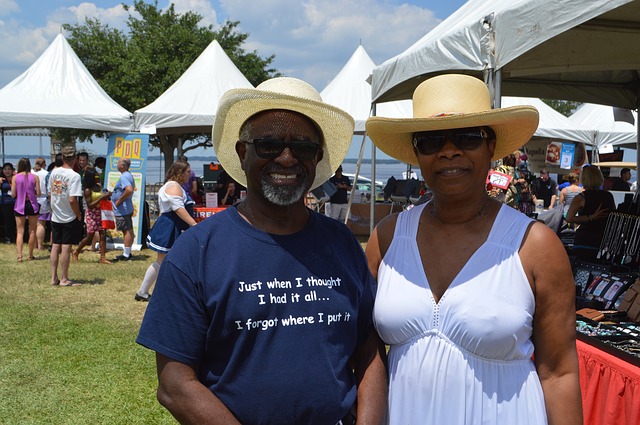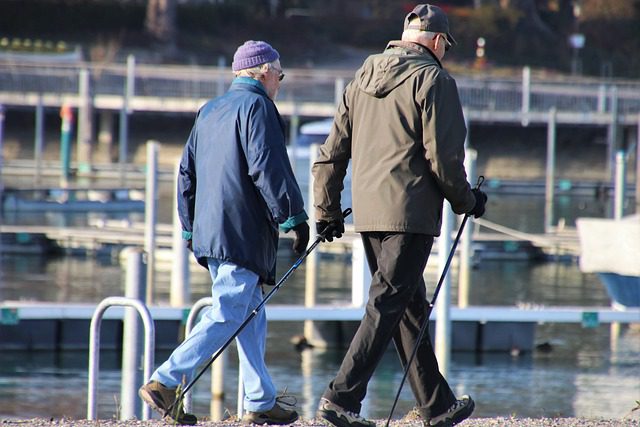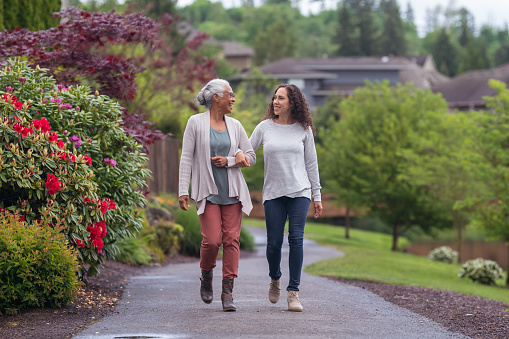About
Families and communities in every, city, town, and rural area feel the impacts of dementia. Dementia is the loss of cognitive functioning – when someone loses the ability to think, remember, and reason clearly. Symptoms can become so severe that they interfere with daily life.
Alzheimer’s disease is the most common form of dementia. It is a brain disorder that slowly destroys memory and thinking skills. More than 6 million Americans aged 65 and older may have Alzheimer’s disease. Currently, there is no cure for Alzheimer’s disease.
Research shows that you can do a lot to reduce your risk of developing Alzheimer’s disease through daily lifestyle. Small changes add up! Brain-healthy lifestyle behaviors include:
- Regular exercise
- Manage high blood pressure
- Eat healthy foods
- Limit smoking and drinking too much alcohol
- Stay connected with others
- Keep your mind active
- Manage stress
Staying healthy is up to each of us individually. But our neighborhoods also help us stay healthy as we age. For example, wide shady sidewalks make it safer and more pleasant to walk. Grocery stores with a variety of affordable fresh fruits and vegetables make it easier to eat healthy. Welcoming community spaces and public events provide us with opportunities to connect with other people.
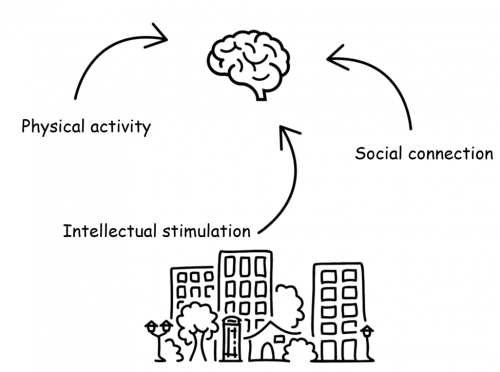
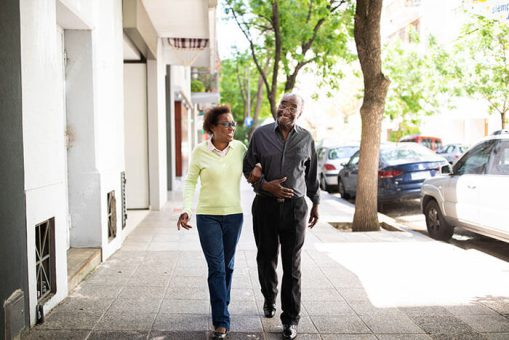
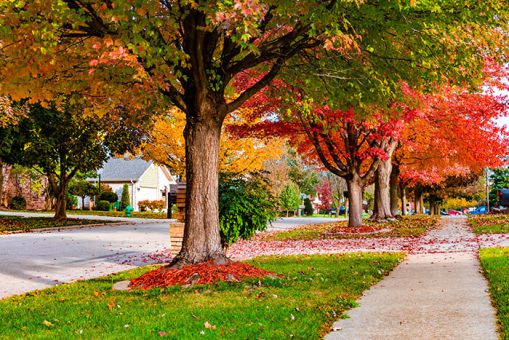


Cognability is a way to see how well your neighborhood supports cognitive health through places to exercise, connect with other people, and keep your mind active. Not everyone has access to these places, and some of us face additional health threats such as air pollution from local factories. It is important to identify which communities lack neighborhood resources to support cognitive health. That way we can prioritize community changes and neighborhood investments to create more opportunities for healthy aging. We invite you to read on below if you’re interested in how our research team developed the concept of Cognability. Check out your neighborhood on our Cognability Map.
Steps to Cognability
1. Gather an interdisciplinary research team to study neighborhoods and healthy aging
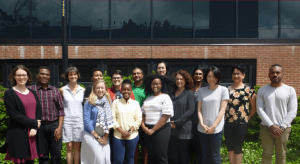 Our research team is interested in where people live as they age, and how that affects their health and well-being. We’re a group of geographers, sociologists, neighborhood data analysts, and epidemiologists based in the Social Environment and Health Program at the University of Michigan’s Institute for Social Research.
Our research team is interested in where people live as they age, and how that affects their health and well-being. We’re a group of geographers, sociologists, neighborhood data analysts, and epidemiologists based in the Social Environment and Health Program at the University of Michigan’s Institute for Social Research.
2. Explore neighborhoods and cognitive health in later life
Where do older adults exercise, socialize, and keep their minds active? We asked aging Americans about their neighborhoods and community experiences. We also reviewed scientific research studies to identify which neighborhood places might be related to cognitive health and risk for Alzheimer’s disease.

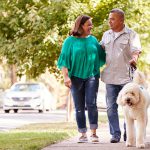


3. Analyze neighborhoods for links to cognitive health
We analyzed whether access to key neighborhood places was linked to cognitive health in a group of over 30,000 aging black and white Americans in the Reasons for Geographic and Racial Differences in Stroke (REGARDS) Study.
What is the REGARDS Study?
REGARDS is an ongoing, national cohort study sponsored by the National Institutes of Health (NIH). Between 2003-2007, the study enrolled 30,239 black and white participants from the continental United States. For over a decade, the study has followed its participants to understand why Southerners and black Americans have higher rates of stroke and related diseases that affect brain health.
We found that multiple neighborhood places were significantly linked to cognitive health, including access to and availability of:
- Coffee shops and fast-food restaurants
- Civic/social organizations and senior centers
- Walkable destinations, parks, and recreation centers
- Arts and cultural sites
- Highways and polluting sites
For more detailed information, you can read our academic findings:
Study publications
Fast-Food for Thought: Retail Food Environments as Resources for Cognitive Health and Wellbeing Among Aging Americans?
Finlay et al. 2020. Health & Place.
https://doi.org/10.1016/j.healthplace.2020.102379
Can Neighborhood Social Infrastructure Modify Cognitive Function? A Mixed-Methods Study of Urban-Dwelling Aging Americans
Finlay et al. 2021. Journal of Aging and Health.
https://doi.org/10.1177/08982643211008673
Neighborhood Active Aging Infrastructure and Cognitive Health: A Mixed-Methods Study of Aging Americans
Finlay et al. 2021. Preventive Medicine.
https://doi.org/10.1016/j.ypmed.2021.106669
Neighborhood cognitive amenities? A mixed-methods study of intellectually-stimulating infrastructure and cognitive function among older Americans
Finlay et al. 2021. Wellbeing, Space & Society.
https://doi.org/10.1016/j.wss.2021.100040
Cognability: An Ecological Theory of neighborhoods and cognitive aging
Finlay & Esposito et al. 2022. Social Science & Medicine.
https://doi.org/10.1016/j.socscimed.2022.115220
4. Map Cognability
We used these results to develop our new concept of Cognability. This is a measure of how supportive a neighborhood is to cognitive health through places to exercise, connect with other people, and keep your mind active in later life. It also identifies health threats and barriers to accessing community resources.
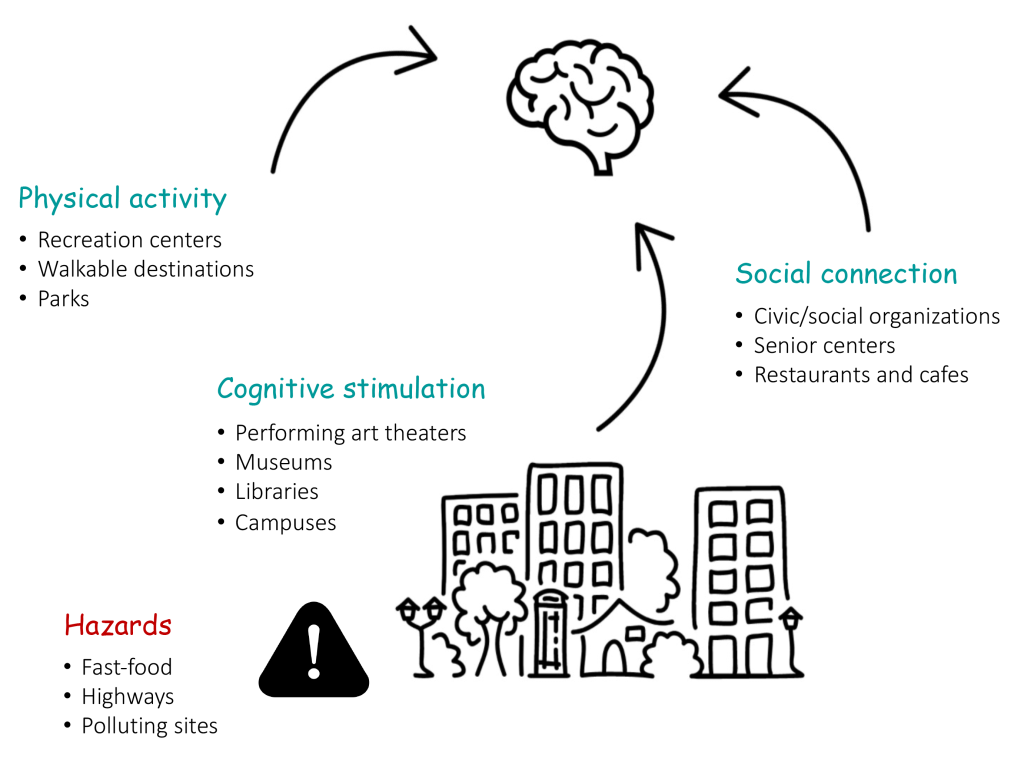
We created a Cognability score for every urban and suburban census tract (a small geographic area of about 4,000 people) in the United States on a scale from 0 to 100. The Cognability score predicts how well a neighborhood supports cognitive health through the presence or absence of key places such as civic/social organizations, coffee shops, senior centers, parks, art galleries, gyms, and highways.
We scored areas by comparing them to one another, so the average census tract gets a score of 50, while above-average areas score higher and below-average communities score lower.
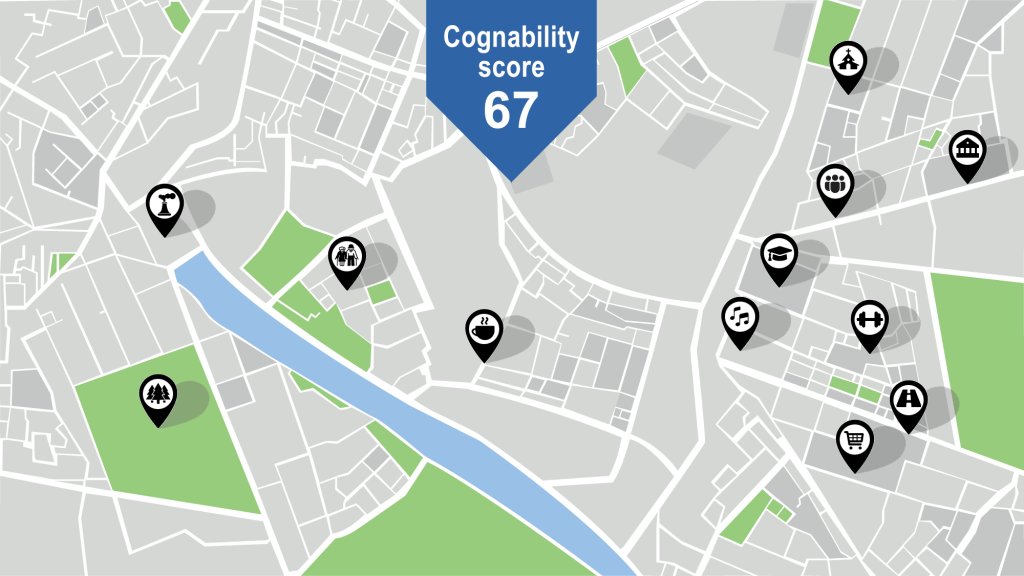
How do we measure what is in a neighborhood?
We pulled our geographic data from the National Neighborhood Data Archive. This publicly-available resource captures physical, economic, demographic, and social information about American neighborhoods and communities over time.
We developed the Cognability Map and created this website in partnership with a team of community experts. Our advisors include aging experts, neuropsychologists, community service providers, urban planners, older adults, doctors, and public health officials.
5. Ongoing process
This work is in-progress! We are still fine-tuning our analyses, testing ideas in different groups of adults, and updating our maps. If you have ideas about how we can further improve, please let us know!
Our goal is to help individuals, community groups, public health experts, service providers, and policymakers critically assess neighborhoods, pursue changes to promote cognitive health, and support aging in place. We hope to empower individuals to take steps to improve their health and well-being, and inform community-level efforts to improve the neighborhoods we live in.
Our Goal


